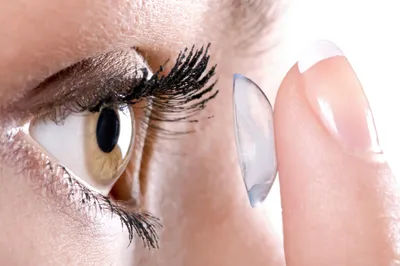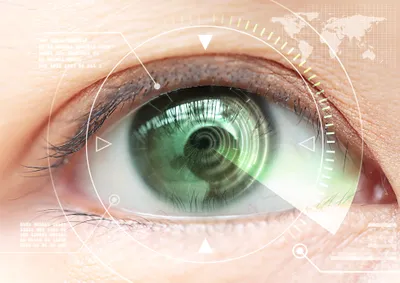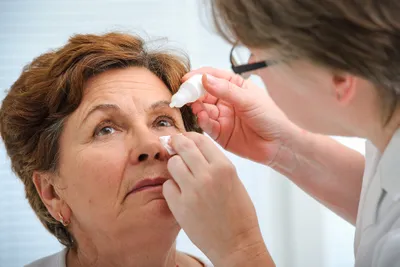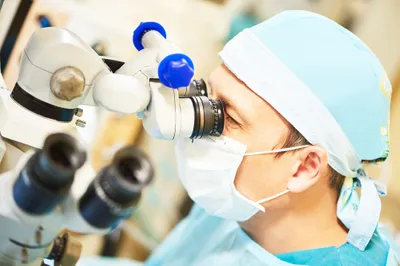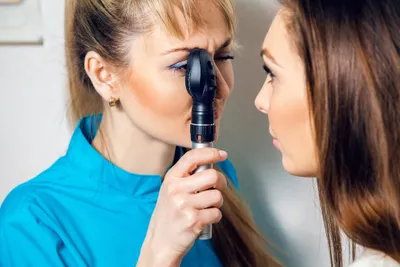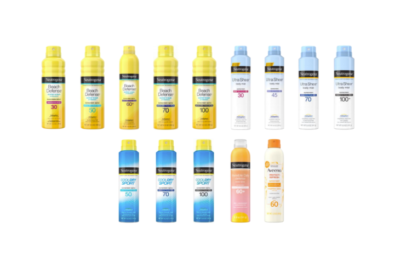Jeepers creepers! My life certainly changed when I got LASIK, or Laser-Assisted In-Situ Keratomileusis, in 2013. Prior to my laser eye surgery, I suffered from terrible nearsightedness (of -7.1 diopters), which meant my severe myopia caused my cornea and lens to refract incoming light to the front of my retina so that close objects appeared clearly, but distant objects were extremely blurry. An active runner, swimmer, and yogi, I was tired of constantly pushing my glasses up my nose and even more sick of wearing contact lenses. I was thrilled by the surgery, an outpatient procedure, which literally reshaped the surface of my corneas with lasers in under 10-minutes, and made life possible for me without glasses or contact lenses.
But before you join the over 16-million individuals around the globe who have undergone LASIK, here’s what you should know before going under the laser…
1. Prior to LASIK
LASIK is performed by a board-certified ophthalmologist, not your normal eye doctor (or optometrist). Typically your optometrist will make a referral if they think you would be a good candidate for LASIK. For instance, if you have cataracts, glaucoma, rheumatoid arthritis, are pregnant or nursing you are not a good LASIK candidate.
Before your procedure, you’ll have a consultation with the LASIK clinic where your surgery will take place. If you wear contact lenses, you’ll be asked to stop wearing them up to 2 weeks before your LASIK procedure. This is because wearing contacts can affect the shape of your eyes, and the surgeon will want your cornea to return to normal shape so precise measurements taken for the laser are absolutely correct.
2. Flap and Flapless LASIK
LASIK is available in 2 different yet safe methods–flap and flapless LASIK. If you choose (or your surgeon recommends) to undergo flap LASIK, the surgeon will cut a flap in your cornea with the laser to reshape the mid- cornea prior to folding back the flap, which heals almost immediately. Flap LASIK causes slightly blurry vision and achiness for up to a few days. While flap LASIK has the fastest healing time, Dr. David Shapiro a board-certified ophthalmologist from California, says this surgery has the most associated complications due to tears, wrinkles, and infections.
Flapless LASIK requires no cut. Instead, the surgeon will remove a microscopic, clear layer of the epithelial that’s no thicker than a hair to laser the cornea directly. Flapless LASIK may cause more eye irritation and a longer healing time. However, according to Dr. Shapiro, the epithelial is the fastest replenishing human tissue and less complications arise from flapless LASIK.
3. LASIK Custom Correction
LASIK is not a one-size fits all type of procedure. For instance, your ophthalmologist may recommend flap LASIK for one eye and flapless LASIK for the other depending on your vision needs (i.e., or monovision, which corrects distance vision in one eye and close vision in the other).
For aging patients, monovision is a popular option if the patient requires reading glasses and distance correction. In this case, the brain and eyes will work together to adjust for both near- and farsighted needs over a few weeks time.
4. What to Expect in LASIK Presurgery
While the actual LASIK procedure can take under 10-minutes per eye, you can expect a lot of time in pre-surgery where patients undergo a series of tests and medications (i.e., a series of eye drops) that can take up to 4-hours before surgery.
For instance, LASIK nurses may administer a mild form of anti-anxiety relaxation medication (i.e., Ativan) prior to your surgery (and it is normal to be nervous). before the procedure to help you relax. A series of cornea numbing eye drops (and tests to ensure you don’t feel anything) will also be administered.
5. What to Expect During LASIK Surgery
Despite your nerves (they’re your eyes after all) and some discomfort, LASIK is fairly quick and painless. As mentioned, you will be administered a series of numbing eye drops before surgery, however, you may feel some pressure on your eyelid due to the surgeon’s use of surgical eye clamps (yes envision A Clockwork Orange) and a suction ring both employed to hold the eye open during surgery.
During surgery, your vision will blur and go black for a few moments due to the placement of the suction ring. Luckily, the surgeon will be using a three-dimensional eye tracking system to lock onto your eye and correct with the tiniest flinch or movement, so even if you inadvertently twitch your eye, the laser is still precise.
6. What to Expect Following Surgery
Personally speaking, the aftercare regimen is most important following LASIK. You will be required daily and weekly follow ups with your optometrist for up to 4 to 6 weeks after surgery to ensure proper healing and to monitor the eyes for any infection or issues.
Following your surgery, you will be provided with prescription pain killers and nighttime protective eye shields and tape to prevent you from accidentally scratching, rubbing, or wrinkling the flap in your sleep. Wear them according to your doctor’s recommendations, between 4 to 6 weeks to allow the eyes to heal fully. You will also receive OTC eye drops with usage directions. Follow closely to prevent infection, itchiness, and dry eye following your surgery.

